Timber is a versatile natural product. Like any natural product careful selection is required when being sourced. Below you will find informative facts about the various types of timber K&D Joinery offer/use during the manufacturing process. This page will assist making informative timber choices to best suit joinery items specifically for your requirements. There are many different levels of quality/types when it comes to choosing the correct timber. K&D Joinery Ltd has been trading successfully for over 38 years, when you connect this with the literally hundreds of years of combined experience our teams of specialist joiners, CNC operators, wood machinists, draughtsmen, surveyors, sprayers and glazers contribute to the services we provide, we feel we fully understand the importance of ensuring the quality of the materials used in production needs to be correct right from the start. Producing purpose made joinery that will last and perform correctly for its intended use time after time is how we have managed to gain the reputation for high quality bespoke joinery that has become synonymous with K&D Joinery Ltd.
From the below timbers, all are available through our compliance with British & European standards.
Appropriate certifications can be viewed here.
Category: Technologically enhanced softwood
Region / Grown: New Zealand
Use: Accoya has the highest class of durability at grade 1 and with an amazing warranty of 50 years above ground and 25 years below ground guaranteed. This makes Accoya highly sought after for the manufacturing of windows, doors, cladding and decking.
Accoya has a low risk of shrinkage, swelling, jamming, insects and fungi damage, meaning future upkeep costs are kept to a minimum. It is also a top performing insulating wood so can reduce heating bills in the long run. Has a low carbon footprint and eventually become completely biodegradable.
Drying: The raw timber is introduced to the modification process as a plank or beam, the so-called acetylation process happens using acetic acid. This process works by changing the cell structure and creates extremely dimensionally stable and durable wood. Every piece has been modified through to its core, making it a high-performance wood.
Overview: Accoya® wood is created from readily available, sustainably sourced, non-durable woods that are modified to match or exceed the durability, stability and beauty of the very best tropical hardwoods. Manufactured using Accsys’ proprietary acetylation process, Accoya® wood is durable, stable and as previously pointed out guaranteed for 50 years above ground and 25 years in ground or freshwater.
Accoya® also has the very best environmental credentials, acquiring Cradle to Cradle™ Certification at the elusive C2C Gold Level, and a C2C Platinum Level recognition for the most important C2C sustainable category, Material Health. It is also FSC® certified and contributes to several credits in BREEAM.
Accoya® wood is a perfect material for timber window frames and external wooden doors as it offers improved thermal insulation properties in comparison with commonly used hardwood and softwood wood species being more durable and dimensionally stable than the best tropical hardwoods. Accoya® wood has an enhanced coatings performance lasting twice as long, saving time, money and hassle. An Accoya® wooden window or door is developed to excel in external applications, even in challenging conditions.
The result is a product that is durable, dimensionally stable and constantly reliable, and offers industry leading environmental credentials.
Check out the Accoya website for more information.
FSC®-certified products are available on request
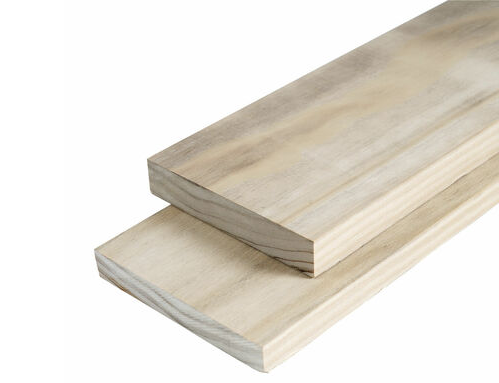
Category: Engineered Softwood
Region / Grown: Sweden, Norway and Finland
Use: Engineered softwood is widely used in the construction industry to produce furniture & joinery items such as cabinetry, windows and garden products. Engineered softwood is manufactured using the best clear grades of timber enhancing the natural strength and stability of the core material. Engineered materials also improve the thermal performance and security of our windows and assist in maintaining our finished products superb appearance. Tests have proven that an engineered component is 60% stronger than a piece manufactured in solid timber significantly improving its stability & look when fully finished.
Colour: A light colour
Grain: Pattern of alternating wood grain
Overview: We use premium engineered material as our starting point. Engineered softwood is a very sustainable wood source wasting 25% less compared with using solid materials as there are no defects in the laminated wood. It is a very environmentally conscious option.
FSC®-certified products are available on request.
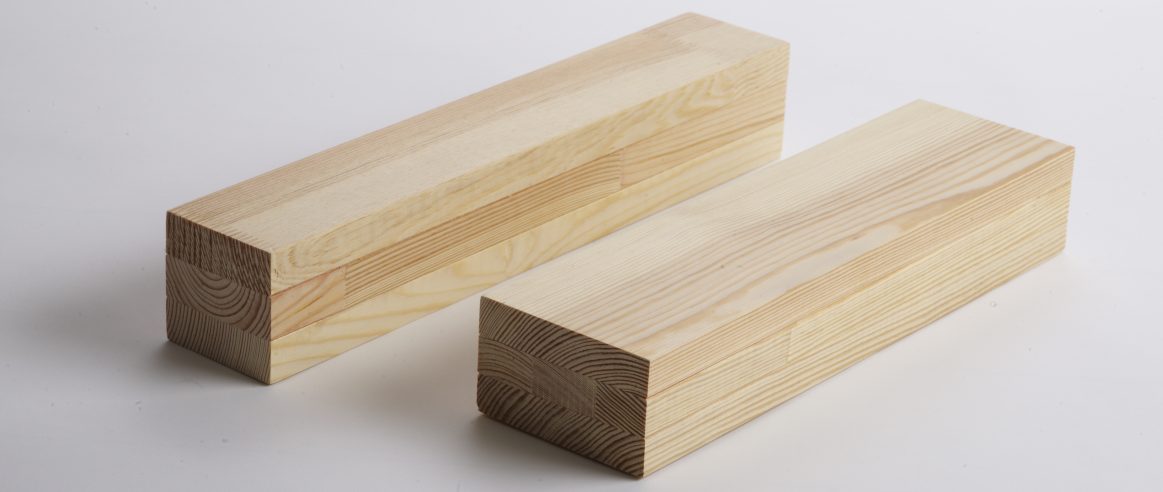
Category: Hardwood
Region / Grown: West Africa
Use: Sapele is a versatile, dense West African hardwood. Its natural durability is ideal for exterior joinery like entrance doors and frames, French door sets and windows, external and internal joinery. It machines well and can be finished in a similar colour to Mahogany dark reddish brown. In a veneered state, it is the bedrock of much of today’s reproduction type furniture and is popular for internal cabinetry providing a Mahogany type finish.
Grain: Interlocked and sometimes wavy. Texture fairly fine.
Colour: A medium to dark reddish-brown wood typically with a well-marked stripe or roe figure which shows to advantage on accurately quarter-cut veneers. Occasionally logs with wavy grain yield veneers with a highly decorative fiddle-back figure.
FSC®-certified products are available on request.
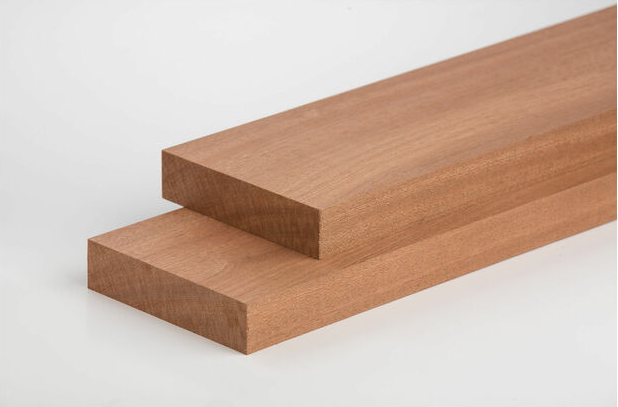
Category: Hardwood
Region / Grown: France, Germany, Austria and the Balkan states.
Use: European oak is a dense very durable hardwood used for external joinery, front entrance doors and screens, French doors, panelling, gates and windows. Lower grades are traditionally used for large beams, gates and fence posts and constructional type projects. European Oak is a very good bending wood lending it well to staircases and handrails. The combination of durability and decorative appearance is valuable.
Grain: Straight grain with a medium to course texture. Quarter-sawn material has a characteristic ornamental silver grain due to the broad rays. Structure and quality vary widely according to the conditions of growth. Oak from central European countries is often of slow, even growth, uniform colour and straight grain, while that from northern countries is characteristically harder and tougher.
Colour: Light in colour
Drying: European oak dries very slowly.
FSC®-certified products are available on request.
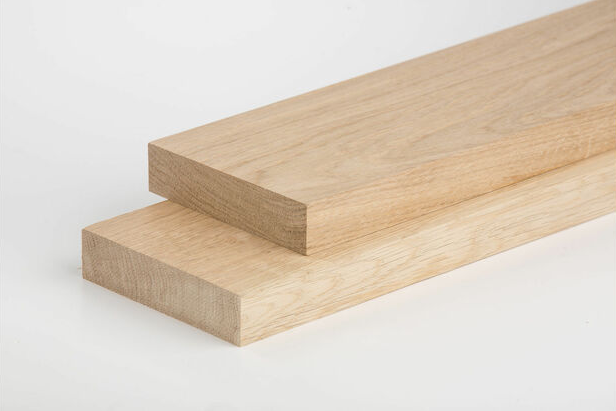
Category: Hardwood
Region / Grown: Eastern half of the United States and south-eastern Canada
Use: Mainly used for internal projects such as stairs, handrails, furniture and flooring. Another dense oak not as durable as European, therefore not recommended for external use. Used as veneer for internal furniture and cabinetry. Selection can provide a quarter cut contemporary straight grain veneer and more decorative flowery crown cut veneer. Machines well and has medium movement.
Grain: Generally straight. Quarter-sawn material has a characteristic ornamental silver grain due to the broad rays. Structure and quality vary widely according to the conditions of growth. Oak from the Northern Appalachian area are usually slow grown producing a comparatively lightweight, mild type of wood. Oak from the southern states is typically fast grown with correspondingly wide growth rings, producing a harder and tougher timber.
Colour: Varies from pale yellow brown to mid-brown.
Drying: American white oak dries very slowly.
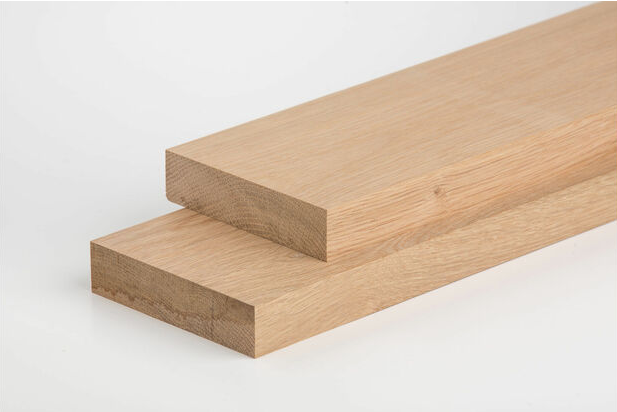
Category: Softwood
Region / Grown: North America, British Columbia
Use: Widley used in construction, Douglas Fir is a high-quality timber generally used in the manufacturing of windows, doors, cabinetry, furniture to flooring, boats and ships. It is a very workable product, machines well and dries quickly with little tendencies for dimensional movement, holds glue well and has good screw/nail holding ability.
Grain: Douglas Fir has a fine to medium texture, has a straight grain and is non- porous.
Colour: It is normally a light reddish colour and takes staining and finishing’s well.
Drying: Douglas Fir is dried according to the end user or customer specification. Kiln Drying inhibits the natural staining of the wood, improves the strength and stiffness, enhances appearance and increases the resistance to decay and attack by insects and rot.
PEFC-certified products are available on request.
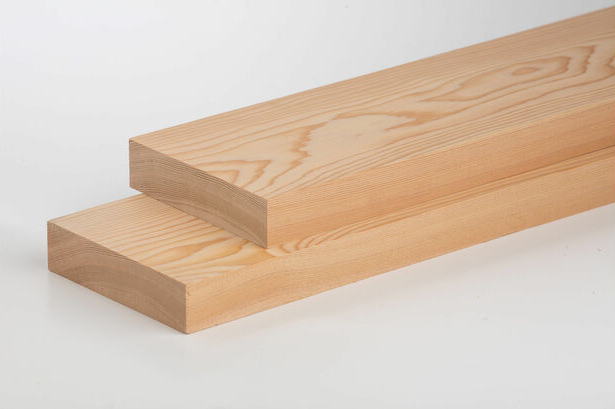
Category: Dense Hardwood
Region / Grown: Eastern United States and Canada.
Use: Popular for high quality internal cabinetry or decorative veneers, it polished and finishes very well. It is used in solid form as well in doors and internal screens.
Grain: Usually straight, sometimes wavy or curly. Texture rather coarse.
Colour: Rich dark brown to purple, deepening with age. Quite uniform in colour.
Drying: Dries rather slowly
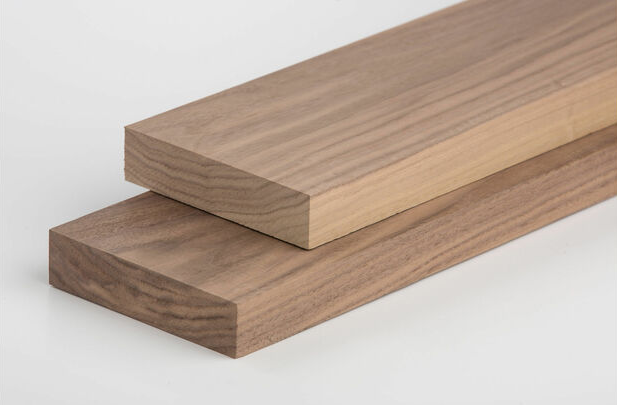
Region / Grown: Eastern side of the United States.
Use: Tulip wood is an excellent stable economical hardwood, ideal for internal joinery, doors and cabinetry. Tulip as it is commonly referred to, takes paint very well and tends to be solidly finished rather than clear sealed as the sap wood produces a green streak in its natural pale yellowish colour. It carves well and machines well and is classed as a non-durable hardwood so only used internally.
Grain: Tulip wood has a straight grain and fine texture.
Colour: The sapwood is white, and the heartwood is variable in colour, ranging from olive- green to yellow or brown and may be streaked with steel blue tones.
Drying: Dries easily and well with little degrade.
FSC®-certified products are available on request.
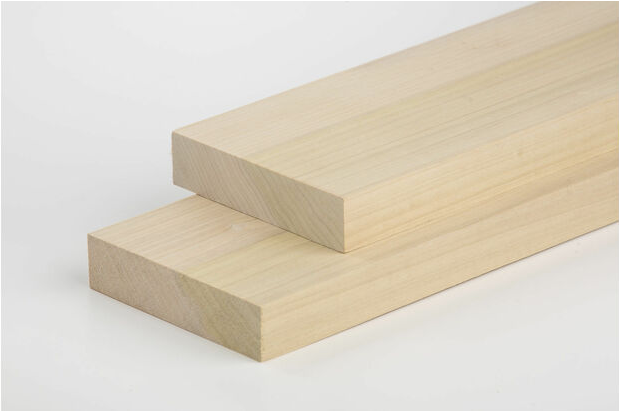
Region / Grown: across Europe, North America and Northern Africa.
Use: Maple wood is a timber with good strength properties, resistant to wear and also finishes and turns well. Suitable for furniture and panelling.
Grain: Usually straight but sometimes wavy or curly. Fine brown lines marking the growth rings give a distinctive figure on plain-sawn surfaces. Texture is fine and even.
Colour: Creamy white, generally with a reddish tinge. Occasionally large trees have a dark brown heart.
Drying: Dries slowly but without difficulty.
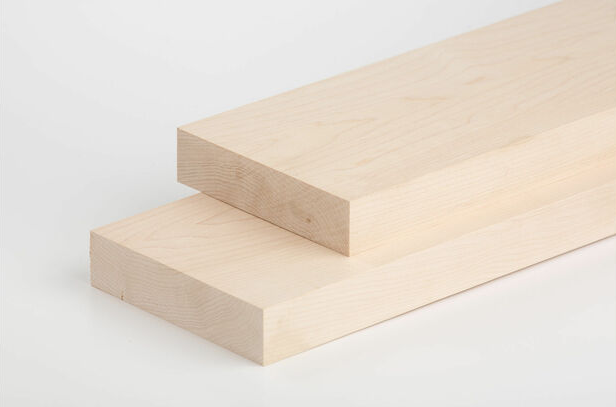
Region / Grown: North America and its native Europe.
Use: Beech, in the UK is one of the most used hardwoods by the furniture industry. The timber is heavy and strong with good turning and bending properties. In furniture manufacturing it is used for cabinetry work, including kitchens, panelling, chairs and desks. It is used to make musical instruments and flooring also.
Grain: Usually straight with broad rays distinctively visible. Beech wood texture is fine and even.
Colour: Whiteish to very pale brown, darkening on exposure to slightly reddish-brown. Some trees show a darker coloured core or ‘red heart’, often with dark veining.
Drying: Beech dries well and fairly rapidly but has a risk of shrinkage.
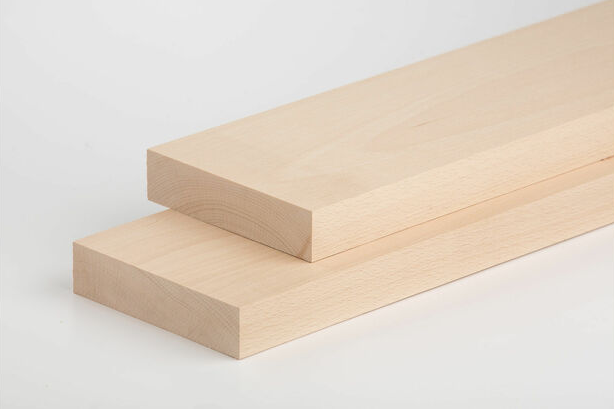
If you would like more information on our materials, give us a call or enquire online.